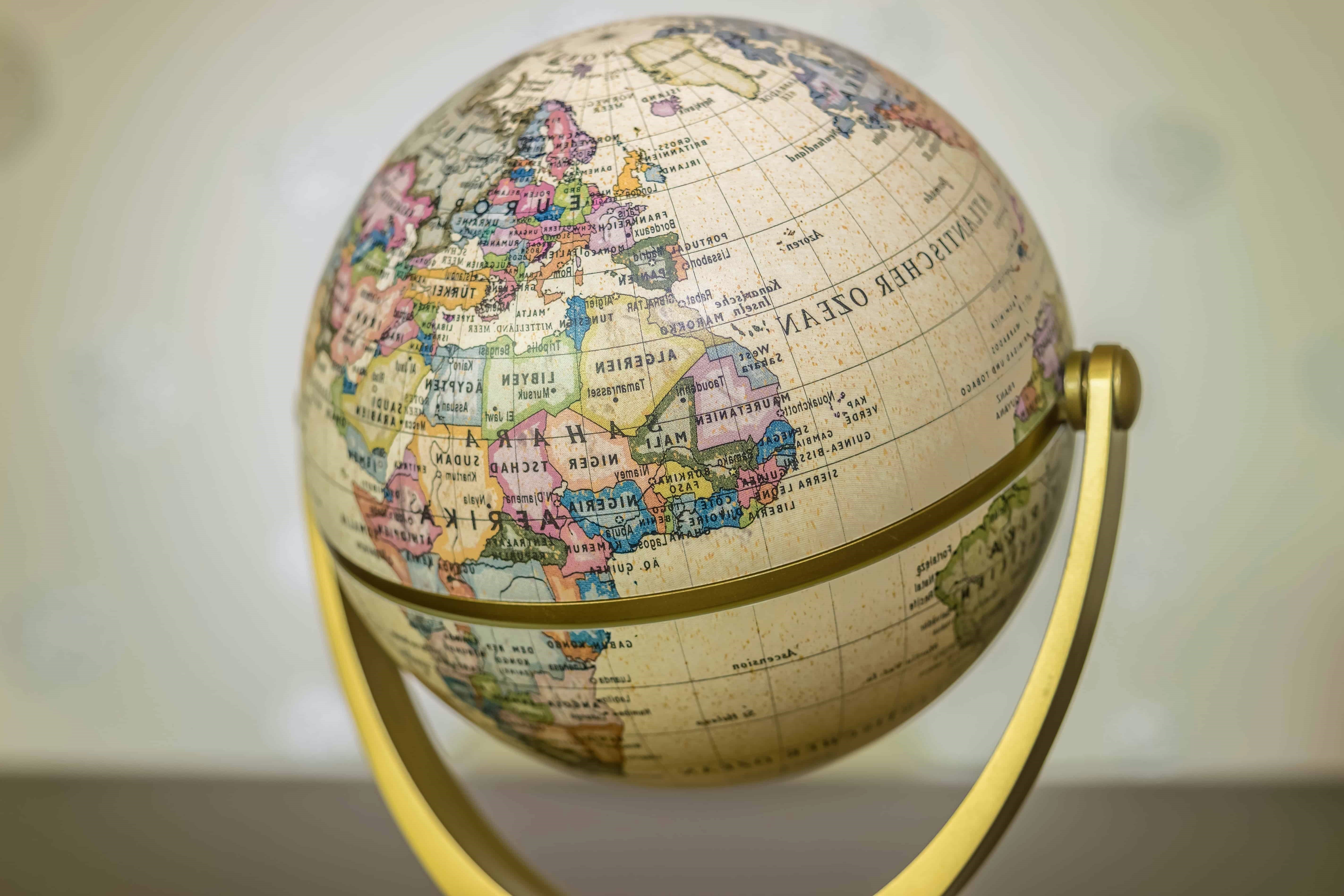AP World History was one of the most challenging classes I took in high school. No one can justifiably say that covering 10,000 years of human history is an easy feat — not even Mr. Mogge, who taught the course and remains one of my favorite teachers to this day. Although the course was difficult, it was one of the most critical and eye-opening classes offered at my school.
The College Board, the nonprofit that administers Advanced Placement classes and tests, recently announced they are restructuring the course’s curriculum for the 2019-2020 school year. Instead of focusing on 10,000 years of history and beginning in the Ancient Period, the course will start in 1450. The College Board insists these changes not only reflect feedback given by teachers, but also aim to better mirror most college world history classes.
While I was among the students who complained their brains would combust with all of the information, disregarding history prior to 1450 is a saddening act of whitewashing that will do students more harm than good. If teachers voiced there was too much material to learn, then this is a grossly inappropriate way to solve the problem.
Under the new curriculum, students will miss out on vital classes on Ancient Egypt, the origins of religions like Daoism or Buddhism and more. Most importantly, students will miss out on learning how the rest of the world was shaped and how communities of color continue to develop our world today. By emphasizing that the most pertinent history occurred at the height of the European Renaissance, the course dismisses thousands of years of non-white successes and tribulations. It isolates the students of color in the room — like me — who already don’t receive more than a couple paragraphs in an American history textbook.
In addition, the College Board’s suggestion that schools offer a “Pre-AP World History and Geography” class is downright laughable (1). Many struggling schools find it a challenge to offer any AP classes, let alone a “pre-AP” course.
One former teacher, speaking to the College Board’s senior vice president of AP and instruction, put it this way: The course is supposed to show “our black and brown and our Native students that their histories matter, their histories don’t start at slavery. Their histories don’t start at colonization. You’re just another person of authority telling my students that they don’t matter, and you need to take responsibility for that.”
Emphasizing other cultures in the classroom produces culturally competent students who are ready for our changing world. AP World History was the first class that taught me about the rest of the world, ultimately establishing that America is not at the center of the universe. Classes like AP World History allow for intercultural understanding at a critical point in one’s life. The Asian Education Foundation — a group providing resources for Australian students to better understand Asian history and culture — explains that this kind of understanding involves the “development of the social skills to interact and engage with people from diverse cultures in a respectful way.”
Research done by the foundation found that when schools transcended a “knowledge-about-cultures view” to have students engage with diverse people, students’ intercultural intelligence was heightened. AP World History introduces high schoolers to different cultures and empowers them to acknowledge their place in a vast and colorful world.
At a time of cultural intolerance, our schools are armories, housing tools students will one day use to reshape the planet. AP World History isn’t just any other course; it’s an introductory course to other cultures, other people. Erasing thousands of years of human history is just not one for the books.



